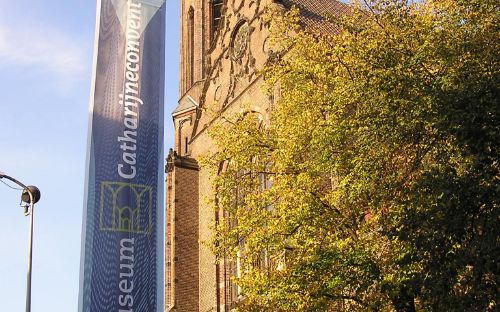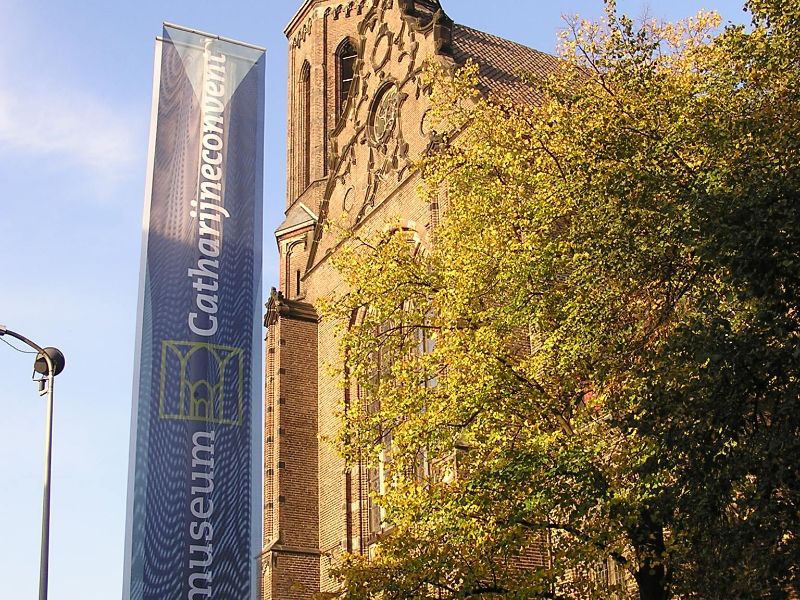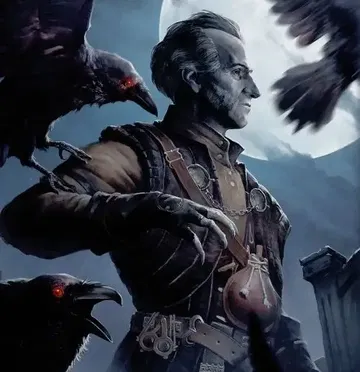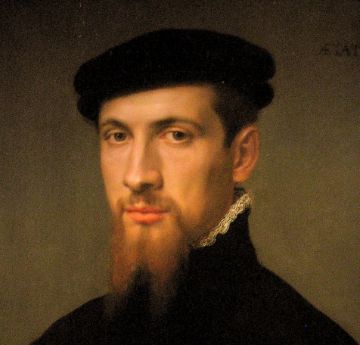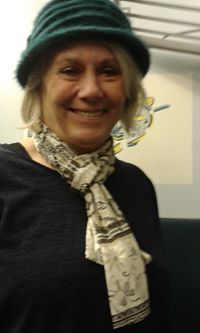Museum Catharijneconvent and its collection
Museum Catharijneconvent is housed in a medieval monastery from the 15th century. It is dedicated to the past and present of Christianity in the Netherlands. The museum exhibits old and contemporary art, and various other objects that illustrate the story of Christianity. The permanent collection is very diverse and includes paintings by masters such as Rembrandt, gold and silver objects, sculptures of saints and Mary, ancient manuscripts, rosaries and video art.
History & Anthropology Art & Design Religion Medieval art & Early Renaissance art Religious building
#2 Art & Design in Utrecht #3 History & Anthropology in Utrecht #3 Art & Design in Province of Utrecht #6 History & Anthropology in Province of Utrecht #1 Religious buildings in Province of Utrecht #43 Art & Design in the Netherlands #55 History & Anthropology in the Netherlands #4 Medieval art & Early Renaissance art museums in the Netherlands #6 Religion museums in the Netherlands #4 Religious buildings in the Netherlands
